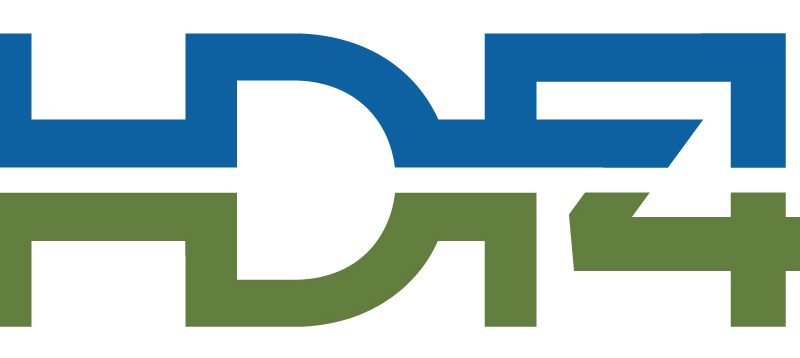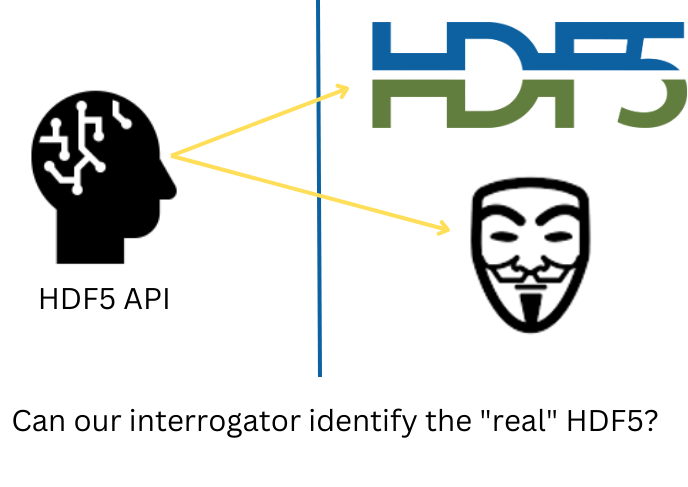Release of HDF 4.3.1 (Newsletter #206)
The HDF 4.3.1 release is now available from the HDF 4.3.1 download page on The HDF Group’s support site. For information on HDF4, see the HDF4 page. This is a minor release that adds support for new platforms and compilers, several bug fixes, including uninitialized memory and memory leak issues. Please see the full release […]


